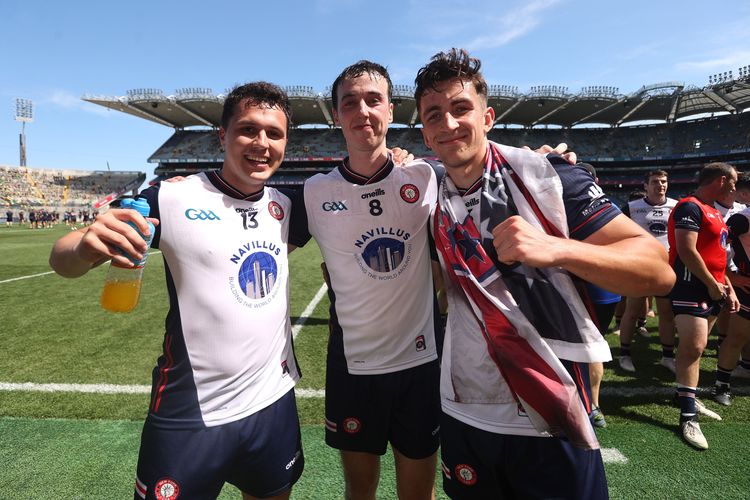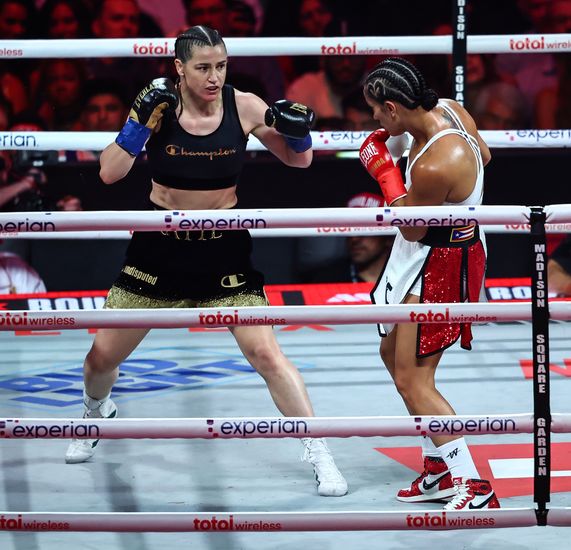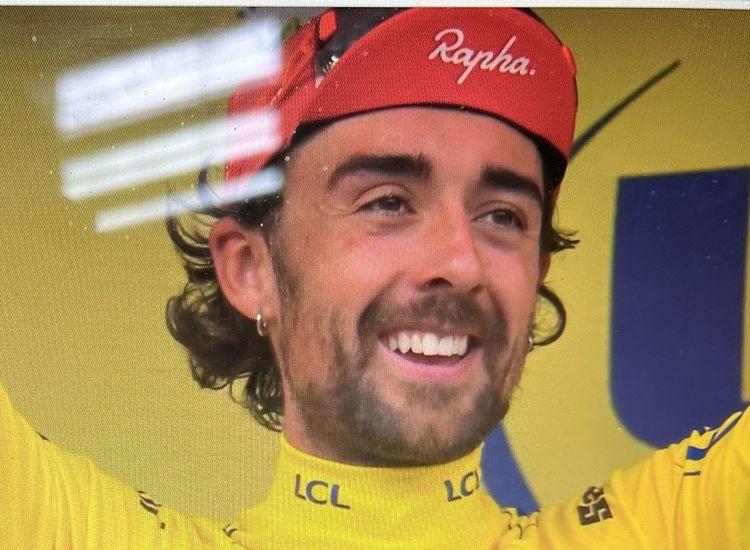Like in many other areas, including Belfast, where a few exhibition matches were played in 1895, 1921 and 1925, women’s soccer was slow to attract interest and to gain support in Dublin, despite some efforts. In May 1896, an Ireland and Scotland selection met England on two consecutive evenings at the City and Suburban Grounds, Jones’s Road, Drumcondra, under the auspices of the British Ladies’ Football Club. A few weeks later, posters advertising additional ladies matches in Drogheda drew protest on religious grounds from one correspondent in a local newspaper. The Belfast matches mainly involved touring teams and as Tony Collins has written of the early British Ladies’ team, its organizers ‘did little to encourage other women to take it up and left behind no legacy’ as their matches were “primarily a money-making exercise that sought to capitalize on the novelty of watching women playing football.” In May 1927, Scottish team Rutherglen, managed by a Mr and Mrs Kelly, visited Dublin and played an exhibition game between themselves. They also played a Dublin Ladies’ team trained over six weeks by Shamrock Rovers’ captain Bob Fullam. The Dublin women’s team were reportedly the first in the capital and their picture was carried on the front page of the Saturday Herald. A dance and buffet was organized by Mrs Margaret Cunningham, the wife of club owner Joseph, with proceeds given to the National Maternity Hospital in Holles Street with "one of Dublin’s finest dance orchestras" the Selma Follies, providing music. The party of 28 players and officials visited Guinness’s brewery and La Scala Theatre and attended matches between Free State men’s clubs at Milltown and at Shelbourne Park as well as greyhound racing at the latter. They later traveled north to play in Windsor Park and Derry.
The first ladies match at Milltown, between Rutherglen and Edinburgh selections, drew receipts of £130, while the second, between Rutherglen and the Dublin Ladies, saw £400 gathered. The latter turned out to be “a disappointing game” due to the gulf between the Scottish team, who were six years in existence, and the less experienced Dublin selection. In June 1927, a Miss Smith, who had played in Dublin against Edinburgh and the Dublin ladies at Milltown, was reported to have signed for Linfield, but the idea that a female player could be accommodated in a male team did not take hold. That same month, the Rutherglen team who had beaten the Dublin Ladies “by such a large margin,” which was not disclosed, were said to be returning to Dublin for a match against Belfast. Apparently, “many objectors raised their voices” against the Dublin match, but “a certain city goalkeeper” had been giving another group of Dublin ladies “severe training” in the Phoenix Park and was hoping to develop a team. Despite proposals by one writer in Football Sports Weekly for a Dublin ladies’ league to be started, this did not develop. By July 1927, plans were underway for the Rutherglen team to play “an Anglo-Irish XI” at Shelbourne Park, but this did not lead to any long-term structures for women’s soccer in Dublin at this time. Proposals in the press in 1937 similarly did not lead to anything concrete, despite the promise of S.Smith, manager of PT Selbitt’s Company, who were based at the Gaiety Theatre, to field a team to meet any challengers. While letters of support for ladies’ matches were published in the press, there was also correspondence received from those who opposed the move. One Dollymount writer felt that the idea was “ridiculous” and that the game was “too robust” for females. He added that “on some occasions male players are bad, so it is not hard to imagine the deplorable performance that would be provided by two ladies’ teams.” Despite calls from “Upright” for a works league to be started, and for “some prominent citizen” to present a cup, with medals also to be supplied and ladies trained as referees, no further action was taken.
Given the close links between Dublin and English soccer circles, the FA’s decision to ban women’s football from their grounds in December 1921 was unhelpful, and this ban was not relaxed until the late 1960s, with the first women’s FA Cup final not played until 1971. Although some other British ladies teams did travel abroad, such as Nomads and Manchester Corinthians, the lack of a permanent structure for the game in England for such a long period had far reaching consequences for its wider development. It was not until the early 1970s that women’s soccer in Dublin began to take off with the establishment of a number of leagues and the emergence of players such as Anne O’Brien.
Dr Conor Curran is a social and cultural historian who has taught sports history at the International Centre for Sports History and Culture, De Montfort University, Leicester, and has published five books on the history of sport in Ireland and edited two collections. His latest book, “Soccer and Society in Dublin: A history of Association football in Ireland’s Capital,” is now available from Four Courts Press.









